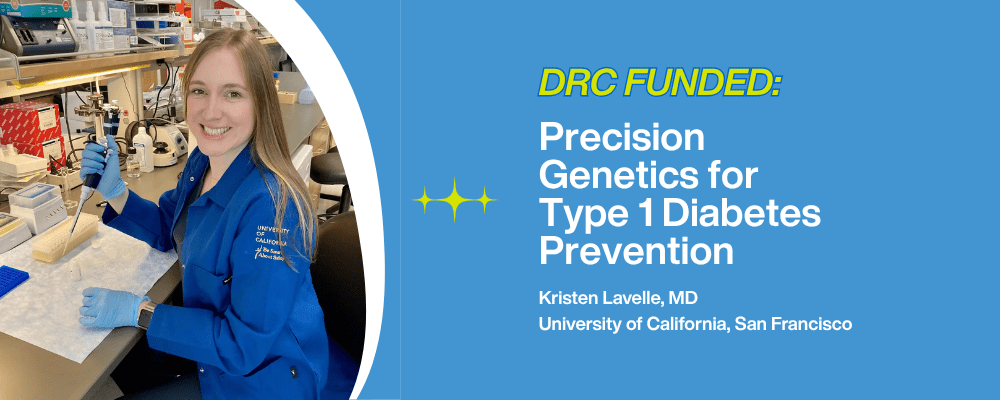Researchers often use cell cultures and tissue slices to study the function and processes of various cells. One of the challenges of this approach, however, is the viability of these samples. For instance, pancreatic tissue slices typically show significant cell death after less than 24 hours due to poor oxygenation. This means that only short-term studies are possible, using samples while they are most viable and representative of the integrity of the native organ.
But, researchers are looking to change that. In a recent study, scientists altered how human pancreatic slices (HPSs) are cultured and managed to preserve function for 10 days or more. This is significant when it comes to being able to conduct longer-term longitudinal studies. Studies were also conducted on tissue samples from non-transgenic mice.
Traditionally, HPSs are preserved in standard transwell dishes. In this model, tissue is placed on top of a liquid-permeable membrane and surrounded with an air-liquid medium. However, oxygenation begins to decrease within several hours, and signs of anoxia appear. A new approach uses perfluorocarbon (PFC)-based dishes. This model places tissue atop a liquid-impermeable membrane providing direct contact with oxygen. An air-liquid medium also surrounds the slice. A variety of testing shows that PFC-based cultures have improved oxygenation and lower levels of anoxia.
In turn, this allowed scientists to more effectively study pancreatic beta-cell regeneration processes. HPSs retain “near-intact cytoarchitecture” of the organ in its native state in the body. Combined with the longer-term viability of the samples in the PFC-based setting, researchers were able to focus in on how and where beta cells were regenerating. They used HPSs from non-diabetic individuals as well as those with type 2 diabetes to enhance their understanding of how to stimulate this regeneration and improve insulin production.
When samples were left to rest for 24 hours to reduce the impact of stress from slicing and then treated with Bone morphogenetic protein 7 (BMP-7) proteins, scientists found that they showed higher levels of beta-cell regeneration than controls that were not treated with BMP-7. Much of this cell development occurred in regions corresponding to pancreatic ducts. Some new cells emerged from existing beta cells, while others transitioned from alpha to beta cells.
Improved oxygenation methods are changing how scientists are able to interact with HPSs and the types of testing they are able to conduct. According to the study, “Our goal in refining the conditions for the long-term survival of HPS was to allow for the real-time detection and quantification of endocrine cell regeneration.” While more in-depth and extensive studies are needed, these findings may lead the way toward improved understanding of the pathology of pancreatic beta-cell regeneration and new treatment options for individuals with type 1 diabetes.
Diabetes Research Connection (DRC) is committed to supporting these types of advancements and efforts by providing critical funding to early-career scientists pursuing novel, peer-reviewed research related to type 1 diabetes. With adequate funding, scientists are able to bring their ideas to life and contribute to not only greater understanding of the disease, but improved methods and therapies for diagnosing, treating, managing, and eventually curing type 1 diabetes. Learn more about current projects and support these efforts by visiting http://localhost/drc.




